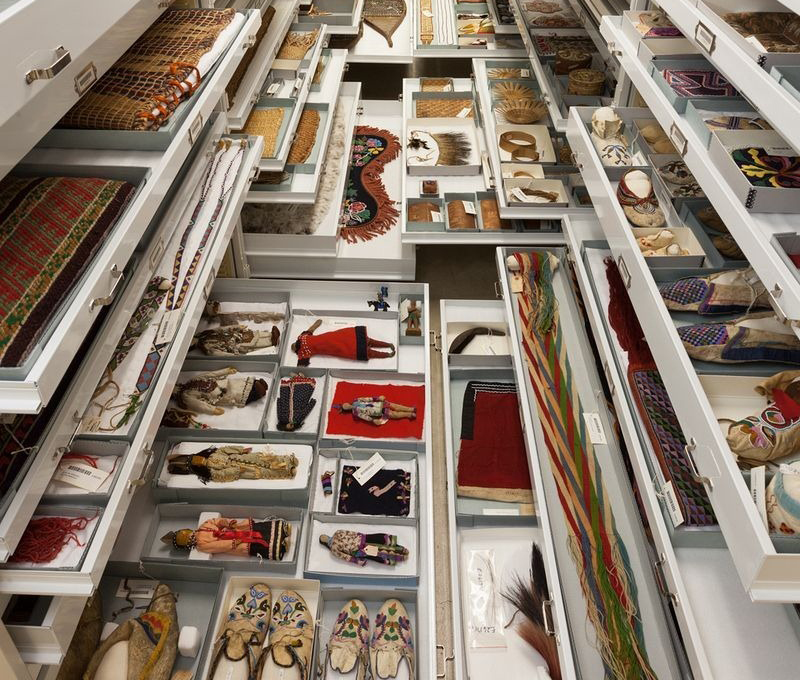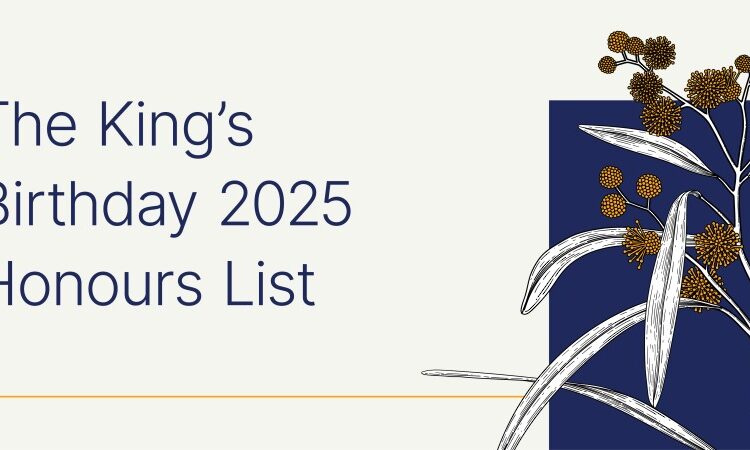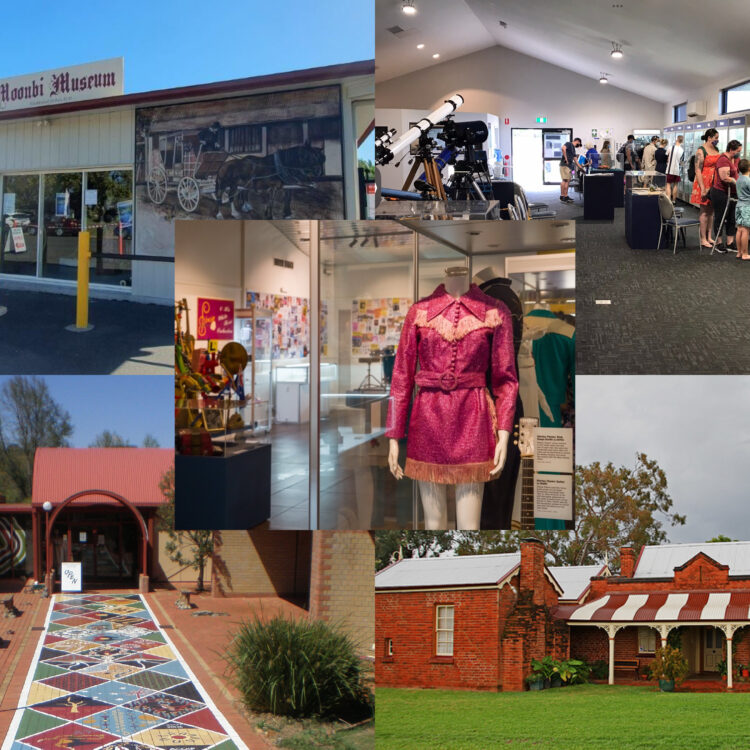
A tiny part of the Smithsonian's collection via the Collections Search Centre
People have been collecting things forever. It seems to satisfy an innate and powerful desire to hold onto objects that please, fascinate or have meaning for us.
And when Europeans stepped ashore in Australia it was no different, for the men of The Enlightenment were interested in many things. Their interests extended across the natural world and consequently diverse collections were formed for private pleasure, scientific pursuits and as historical documentation.
The oldest public collection in Australia is owned by the Royal Botanic Gardens which was founded in 1816. Several other collections in NSW followed in quick succession: the Australian Museum in 1827, the State Library of NSW in 1869, and the Powerhouse Museum, originally the Technology, Industrial and Sanitary Museum (hence their collection of toilets and personal hygiene objects) in 1880.
The Art Gallery of NSW (AGNSW), originally known as the Academy of Art came into being in 1871, opening its doors in 1879. The oldest regional gallery is Broken Hill which was established in 1904 following the bequest of three paintings by Mr George McCulloch, one of BHP’s founders.
Traditionally, a curator worked within a collection to study, research and select objects for display so the public could see and marvel over them.
While this verve for collecting has resulted in a comprehensive anthology of story, artefact and existence, there remain several nasty blights on the record sheet. While much has been written about the process of Dispossession, the acquisition of Aboriginal land was accompanied by another insidious kind of collecting. Some early colonists stripped away Indigenous culture with voracity by bribing, coercing and stealing. They sought tools, clothes, weapons, sacred objects and most shockingly, exhumed human remains, which variously found their way into some of our first collections.
Many museums are working to right the wrongs of this difficult past by repatriating stolen artefacts back to communities, actively involving owners in conservation, and documenting their remembered histories.
Today, collections—both public and private—continue to grow and diversify. New collections are born and bequeathed and distributed across public organisations. Some public collections originate as private ones—take for example the Kaldor collection, now part of the AGNSW’s contemporary art collection, the Caroline Simpson Collection at Sydney Living Museums, or the Mitchell collection in the State Library of NSW. These personal archives were all bequeathed to the public for shared benefit.
Public cultural institutions have collection policies that determine how objects are acquired—whether they are bought, commissioned or donated—and to help build niche collections by avoiding duplication and competition with other organisations collecting similar things.
Traditionally, a curator worked within a collection to study, research and select objects for display so the public could see and marvel over them. Awe was a prerequisite generated by imposing architecture of the museum which embodied imperial authority over the objects contained within.
More and more, curators are taking their cues from the community, from social, political and environmental issues, and by directly interacting with artists and makers of cultural material.
These days, there is a lot of pressure on museums and galleries to make collections more accessible. More and more, curators are taking their cues from the community, from social, political and environmental issues, and by directly interacting with artists and makers of cultural material. Public programs, behind-the-scenes tours, and changing exhibition schedules are offered to engage audiences about what’s in the collection and on display. Most collecting agencies also have online collections; some of them extensive and designed to facilitate public access.
At any one time there is only a small percentage of the collection on display. This is one of the reasons it’s good to make repeat visits to your favourite museum of gallery. Works are often rotated from storage to display to travelling exhibitions before returning home to be cleaned, conserved and rested in a controlled environment.
There are also changing trends in naming of cultural institutions. Once upon a time, institutions with a collection of art were referred to as art museums. This gave way to the term ‘gallery’ which also refers to the walls or physical exhibitions space in which works are displayed. These days, there’s a resurgence of the art museum term, though many regional galleries retain the word ‘gallery’ in their titles. Others are embracing names more descriptive of place and context, such as MAMA (Murray Art Museum Albury).
The commercial gallery network also retains use of the term gallery, so it can be confusing for the uninitiated. To help you determine the type of gallery are looking for, our website hosts information on almost 500 public museums, galleries and Aboriginal keeping places. Across the state these organisations collect and conserve objects, art and history, are maintained by public funds and by dedicated staff and volunteers from within local communities.
Visit one today.



